- Messages
- 703
- Edit My Images
- Yes
Ignoring composition which of them would you say is the best "quality" image and which is the worst?Composition wise these look very good but photo quality they are very noisy and have lots of "hot spots" on them.
Are these taken on a Sony camera ?
What is your set-up, Lens, diffused flash or on camera flash ?
I don't think the sharpening had affected these too much, I would think it's the lighting, maybe try more like f11-f13, Iso seems OK but I got no idea what Sony is like with it. Can you post a shot of your flash setup here?Sony A77, Minolta 70-300 lens with Raynox 250, homemade diffuser on cheap Jessops flash. Think it was f20 around iso300. Taken at dusk so lighting was tricky. Maybe I overcooked the sharpening in lightroom?
The DOF tightens very quickly on smaller apertures, that makes taking the shot a lot harder. Very likely the flash. It says it supports TTL but it doesn't seem to vary it's brightness at all. Just won a better one from eBay (Metz 44 mecablitz af-1) which will hopefully help as it supports ADI (so no preflash to scare off the critters).I don't think the sharpening had affected these too much, I would think it's the lighting, maybe try more like f11-f13, Iso seems OK but I got no idea what Sony is like with it. Can you post a shot of your flash setup here?
There is also a dedicated page here to flash setup here on the macro page, if have not seen it, have a look.
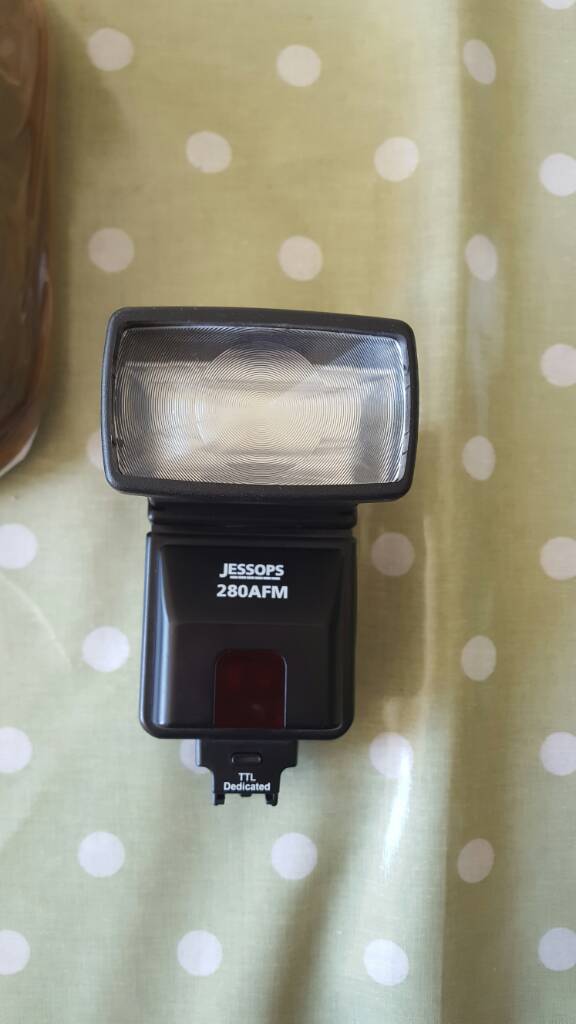
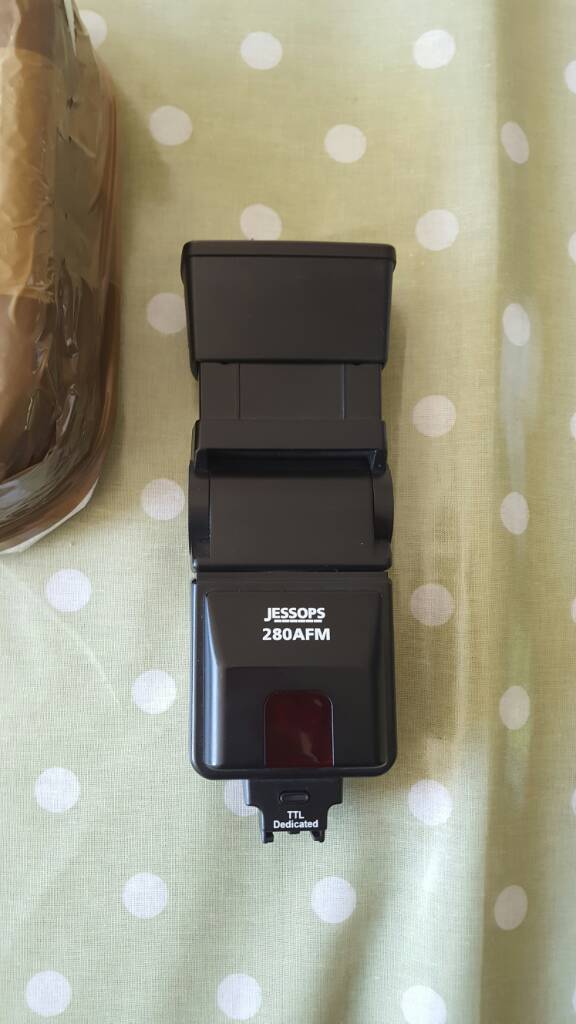
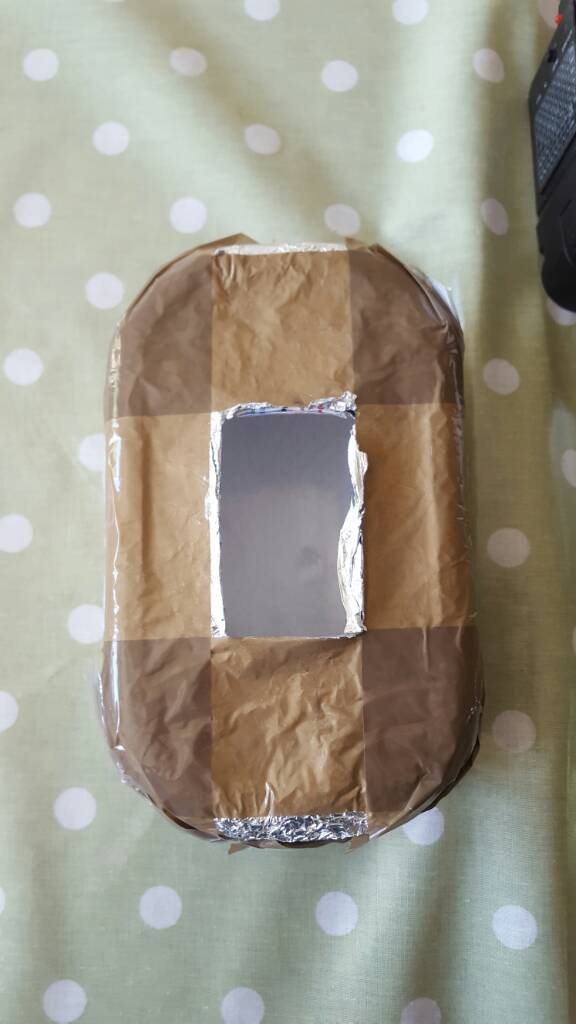
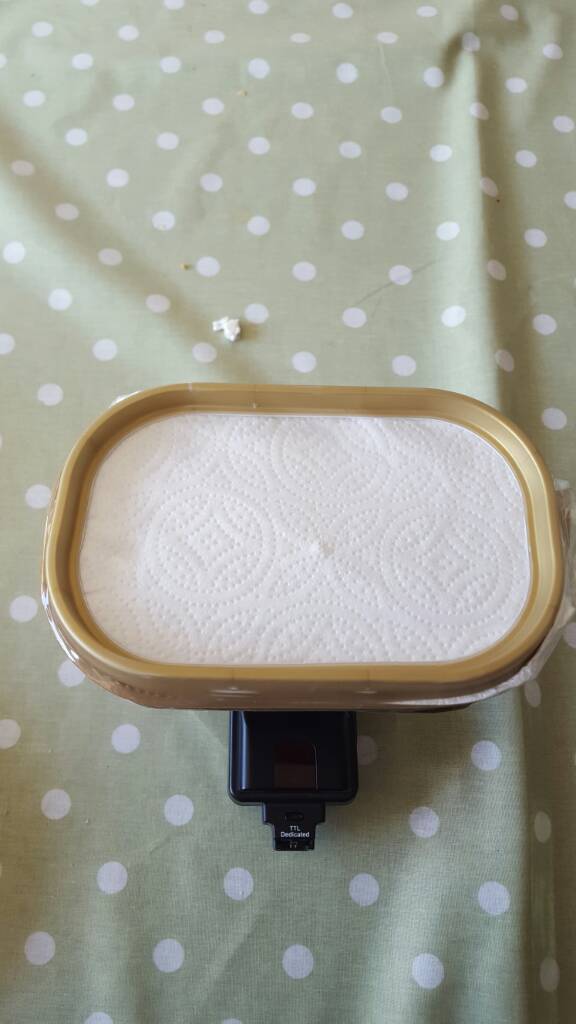
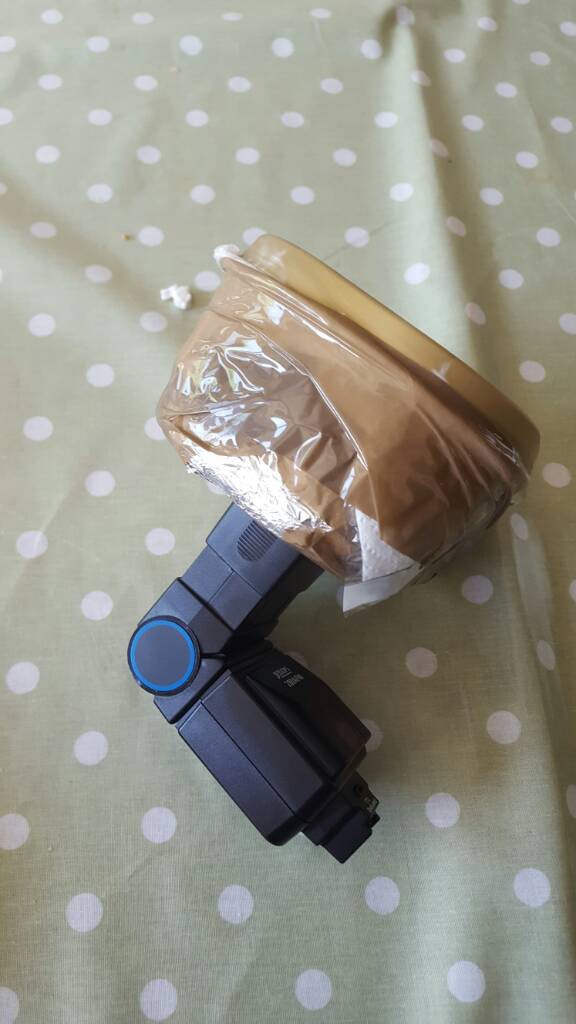
The DOF tightens very quickly on smaller apertures, that makes taking the shot a lot harder.
Very likely the flash. It says it supports TTL but it doesn't seem to vary it's brightness at all. Just won a better one from eBay (Metz 44 mecablitz af-1) which will hopefully help as it supports ADI (so no preflash to scare off the critters).
I don't think the sharpening had affected these too much, I would think it's the lighting, maybe try more like f11-f13,
Thanks for that, yes I meant smaller aperture number / f stop (these things are designed to confuse).That's a great variety of subjects.
I'm confused. Are you meaning that DoF gets smaller as the f number (rather than the aperture) gets smaller (and the aperture actually gets bigger), and the smaller DoF makes it difficult to get enough of the subject in focus?
According to the Sony Help Guide ADI uses a pre-flash. I think you'll need to use manual flash to avoid a pre-flash.
From the Sony Help Guide:
ADI flash (default setting):
The camera's flash control uses the focus distance information and brightness value of the subject when the pre-flash is reflected. This gives precise flash control without hardly being affected by the reflective level of the subject.
Pre-flash TTL:
The camera's flash control uses the brightness value of the subject when the pre-flash is reflected. If this setting is used, the camera's ability to precisely measure the flash light may be affected by reflections from the subject.
Manual flash:
Allows you to set the flash amount using [Power ratio], and the built-in flash fires with set amount of flash light regardless of the brightness of a subject.
I wouldn't have thought the aperture will affect the highlighting. (I use very small apertures all the time, equivalent to around f/28 on APS-C.)
@mjmountain, you might want to use mirror tests as described in this post to have a look at how your diffusion is working. I think you may find there is a quite sharply defined bright rectangular area in the centre of the diffuser. If so, you might want to use a multi-partial-layer approach like that described in the linked post or some other method to even out the lighting. (This isn't the diffuser I use now but I still use mirror tests and multi-partial-layer diffusion, as illustrated in the Flash head diffusers section of this post.)
Just done the mirror test. No amount of tinkering seems to change the power of the current flash. Even setting compensation to -3. I just get a very bright box of even brightness.
